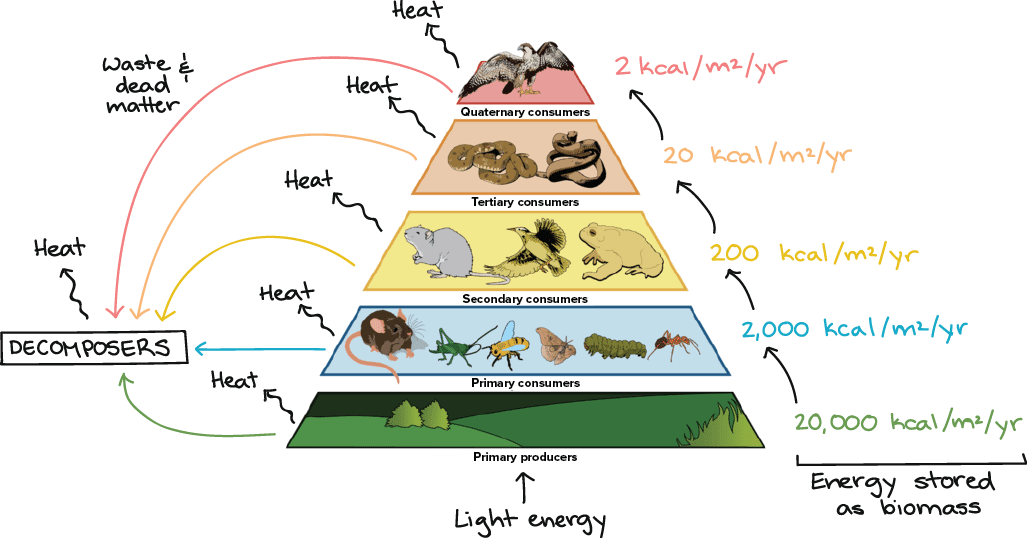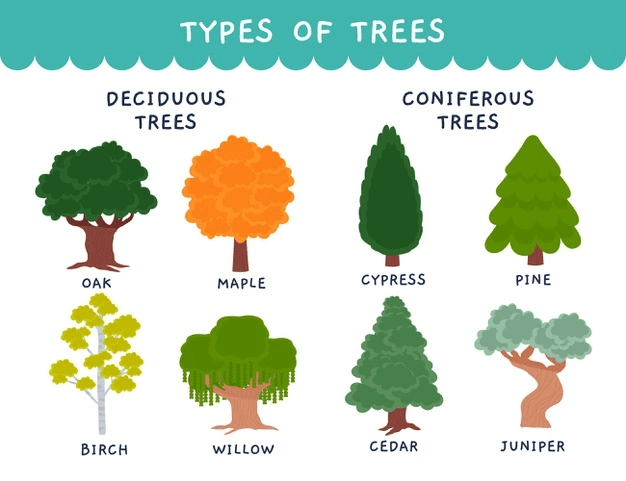Happy New Year to all young scientists. Don't hesitate in experimenting and keep discovering!
We are resuming VANDA Contest training for grades 3-11, and it will be 100% free for all participants. This training is mainly divided into three parts:
- Learn and review core concepts: We will release 10+ lessons before VANDA Contest in April. These lessons will focus on critical topics in science. Each lesson contains several sessions to provide in-depth knowledge on various topics. In a nutshell, you will get 10-20 hours worth of self-serve training sessions with interactive videos and quizzes in every lesson. This is our fourth lesson. Please visit here for the details of the previous lessons.
- Apply core concepts to solve problems using brilliant courses: Thanks to a generous offering from Brilliant, we provide 12 highly engaging brilliant.org courses to all participants absolutely free. For more details on the courses covered, please visit here.
- Mini Practice Contest: To provide more practice, we will be conducting a mini-practice contest based on various science olympiads and the National Science Bowl (NSB). This will be a weekly contest starting in March.
In a nutshell, if you want to excel, we have an excellent plan for you to Learn, Compete, and Win. Are you ready for it?
For our fourth lesson, the CKSTEM research team in Canada tracked the life cycle of living organisms on our planet. During a winter storm, a researcher's car broke down in a remote forest. He soon realized that he would start getting frostbites if he stayed outside in the cold. If he stays out for too long, he will be frozen. Luckily, CAA folks came for his rescue, but he looked around the bare trees and wondered how these trees survived. How come these are not frozen to death?
Nature is amazing! In the first session, you will learn how trees survive during winter, including adaptations that help them stave off frostbite and prevent bubbles from developing internally. Please click the image below to initiate a learning session.
Our researcher realized that it was 3 pm already. He was starving. He sat in his heated car and took out his chicken sandwich. He started to think again about the lifecycle. He needs this chicken sandwich to stay alive. He is like a consumer. Chicken needed fruits, grains, and vegetables to keep alive. So chickens are consumers as well. Someone needs to play the role of producer as well. Who are these producers? Are fruits and vegetable producers?
This brings us to the second session of this lesson, Energy and Food Webs. This session will explore how energy flows in a food web by learning essential vocabulary and exploring ways organisms obtain the energy they need. Please click the image below to initiate a learning session.
It's exciting how energy flows. It seems we are part of some ecosystems made of living and non-living things. Nature has so much variety. So many different ecosystems must balance living and non-living things. Can we consider deserts, salt water, fresh water as diverse ecosystems? Are there more ecosystems?
As he drove out of the forest, he noticed a fox chasing a rabbit in the forest. He realized that the forest is an ecosystem made of consumers, producers and decomposers. If the balance is lost in an ecosystem, consumers or producers can become extinct. We all have a responsibility to maintain this balance.
In this next lesson on Coniferous and Deciduous Forests, you will explore the physical characteristics of coniferous and deciduous forests and explain how they support communities of plants and animals. You will learn the effect of a change in an ecosystem on energy flow when plants or animals become scarce, extinct, or over-abundant. Please click the image below to initiate a learning session.
We hope you enjoyed this article. We have posted just 3 out of 20 sessions in this blog. You can learn more by completing all 20 sessions after enrolling yourself in the VANDA contest. Beautiful medals could be yours as well. Don't wait and enroll in the VANDA Science contest right away!




